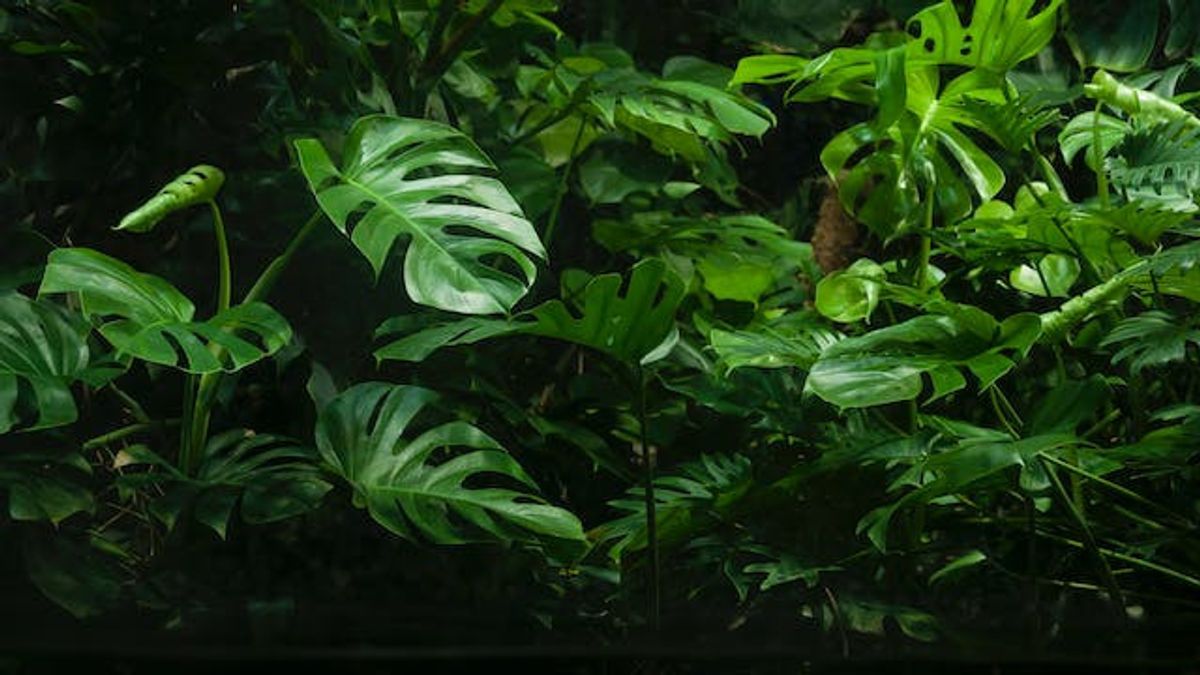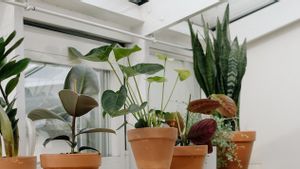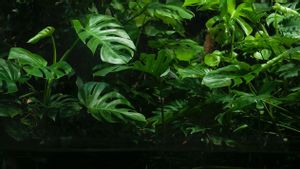JAKARTA - Have you ever wondered why monstera plant leaves produce typical holes and hemispheres? Monstera or a suny widow herself is a member of the araceae tribe or a patchy excuse from the monstera clan. As the name implies, the leaves on the monstera plant are perforated in the middle of the leaves.
Regarding this, maybe not a few of you are curious about why monstera leaves can have a beautiful and interesting patterned hole. Reporting from the Balcony Garden Web, Thursday, November 30, here's the reason.
Holes and hemispheres in monstera leaves allow light to pass through the lower leaves. In its natural habitat, monstera grows under a dense forest canopy. These holes allow them to capture more sunlight efficiently, ensuring that even the lower leaves receive enough light for photosynthesis.
The holes on the leaves help water pass through monstera leaves that are large in size and are not collected in them. This means that there is no more clogged water in the leaves, which can be home to various pests and insects, which directly invite disease and problems in plants.
The typical appearance of monstera leaves may prevent herbivores from eating them. Split and porous leaves will confuse animals and make these plants less attractive as a source of food.
The hole in Monstera leaves helps reduce the surface area exposed to direct sunlight, thereby minimizing water loss. This adaptation is very useful in their native tropical environment, where maintaining a water balance is very important.
SEE ALSO:
As monstera grows, the leaves become bigger and heavier. The hole helps reduce the overall weight of the leaves, making it easier for the stems to support it. This aspect is very important for structural integrity and plant growth in the rainforest environment, where competition for light and space is very tight.
The holes and pieces on the leaves also reduce the resistance of the plants to the wind. Strong winds can damage this plant because the surface area of the leaves is large if there are no holes.
The English, Chinese, Japanese, Arabic, and French versions are automatically generated by the AI. So there may still be inaccuracies in translating, please always see Indonesian as our main language. (system supported by DigitalSiber.id)


















